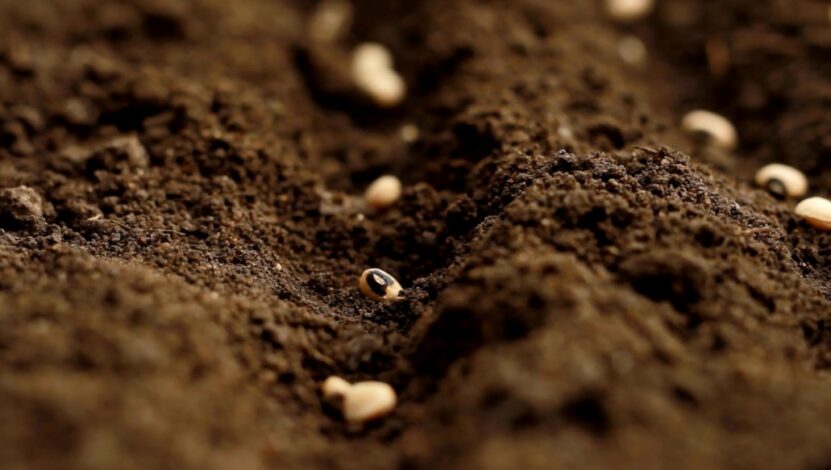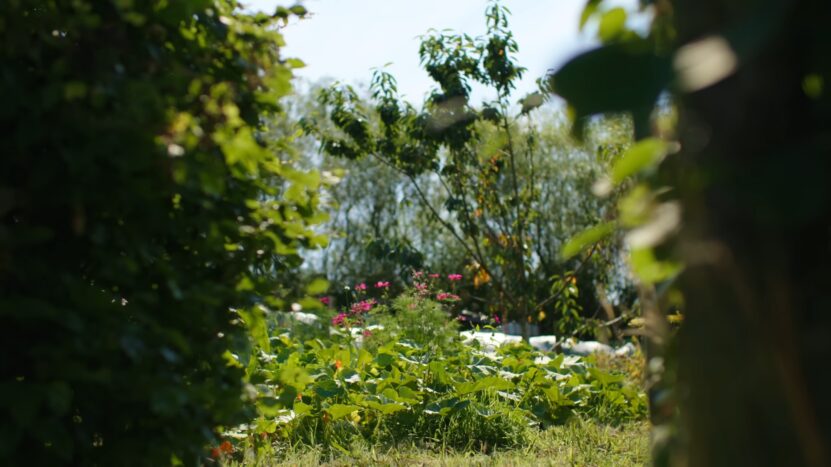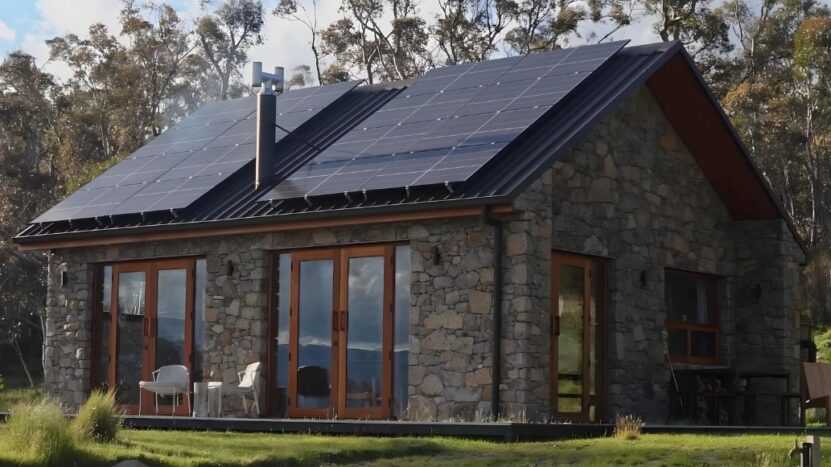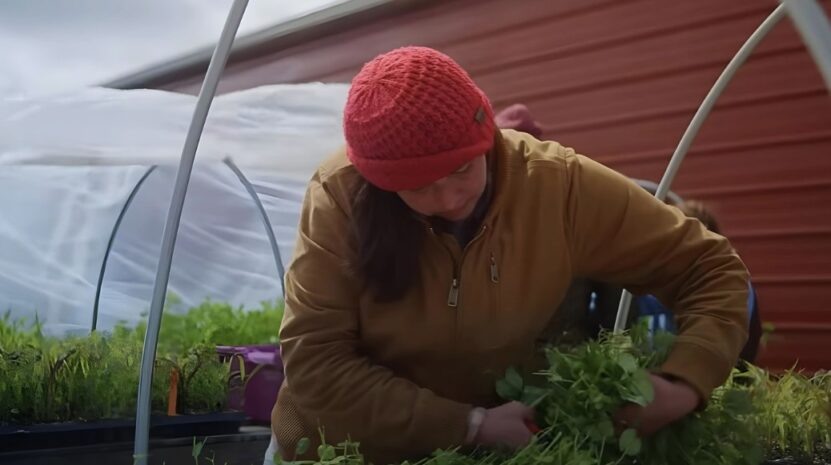Today, I’ll walk you through a guide focused on planting various heirloom seeds. I’ll share my experiences and some key pointers for each plant to ensure your garden grows just the way it’s supposed to.
Getting Started with Heirloom Seeds
Heirloom seeds are treasures passed down through generations, preserving unique flavors and histories.
Planting them involves specific conditions to maximize yield and health. Let’s look at some general steps before going into specifics:
- Choosing the Right Seeds: Select varieties suited to your climate and space.
- Preparing Your Soil: Ensure it’s fertile, well-drained, and has the correct pH.
- Timing Is Key: Plant at the right season for each vegetable.
- Regular Care: Water, weed, and monitor for pests.
Planting Guide
Each plant has its preferences and requirements. Here’s how to handle each one effectively:
Artichoke
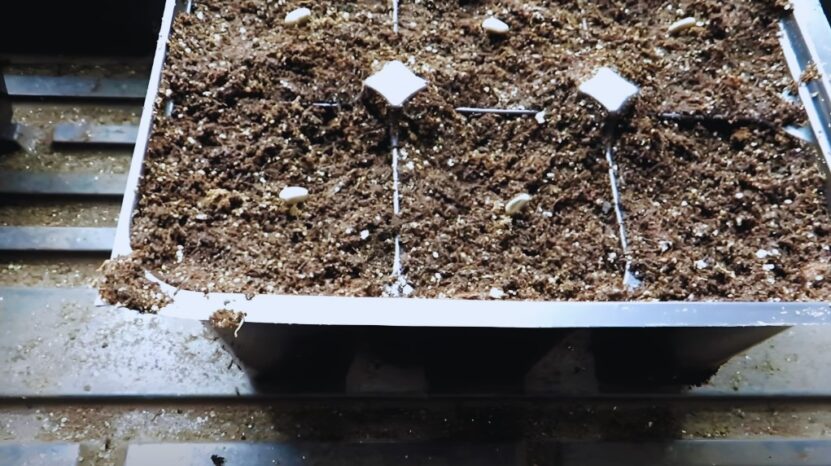
- Exposure: Full sun to partial shade works well.
- Season: Plant in spring or fall.
- Temperature: They thrive up to 20 degrees F.
- Soil pH: Aim for 6.5-7.0.
- Companions: Asparagus pairs well with artichokes.
Pro Tip: Start seeds indoors about two months before the last frost. They take about 2-3 weeks to sprout.
Arugula
- Exposure: Loves both full sun and partial shade.
- Harvest Tips: Keep picking the outer leaves to promote growth.
Pro Tip: Arugula matures in just 40 days, making it a quick win for impatient gardeners!
Beans
Bush Beans
- Weather: They prefer the warmer days of summer.
- Harvesting: Pick beans when they’re 3-5 inches long for the best taste.
Pole Beans
- Support: They need stakes or trellises to climb.
Pro Tip: Direct sow beans as they don’t like being moved once planted.
Beets

- Temperature: Can tolerate a range from 50-85 degrees F.
- Pre-Planting: Soaking seeds can enhance germination rates.
Pro Tip: Be sure to soak beet seeds in warm water for a few hours before planting to improve germination rates and give your beets a head start on growth.
Broccoli
- Season: Ideal for spring and fall crops.
- Start: Begin indoors 8 weeks before the last frost for optimal growth.
Pro Tip: Avoid planting during peak summer to prevent bitter flavors.
Celery
- Exposure: Full sun.
- Season: Best in spring or fall.
- Soil pH: Prefers slightly acidic to neutral soil, 6.0-6.5.
Pro Tip: Start seeds indoors about 8-10 weeks before the last frost. For a sweeter taste, consider blanching the stems a few weeks before harvesting.
Collard Greens
- Exposure: Full sun.
- Cool Weather Lover: Grows best in spring or fall.
- Harvest: You can pick the whole plant or just the leaves as needed, which allows for continuous harvest.
Pro Tip: When planting collard greens, ensure to space the seeds about 12 to 18 inches apart in well-draining soil and in a location that receives full sun for optimal growth and development.
Corn, Sweet
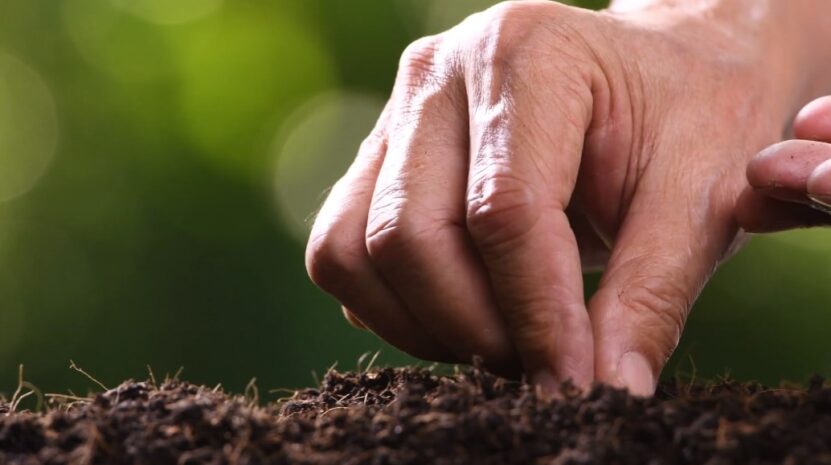
- Exposure: Requires full sun.
- Best Season: Grows during the warm summer months.
- Growing Needs: Plant when the soil warms to about 60 degrees F. A nitrogen-rich fertilizer will help yield a bountiful crop.
Pro Tip: Plant corn seeds in blocks rather than rows, as this aids in pollination and produces stronger, healthier plants.
Cucumber
- Exposure: Thrives in full sun.
- Temperature and Moisture: Prefers warmth, with ideal temperatures between 65-85 degrees F. Keep the soil moist but not soggy.
- Harvesting Tip: Pick cucumbers before they fully mature to avoid seedy fruits.
Pro Tip: When planting cucumbers, ensure to provide them with well-draining soil, ample sunlight, and consistent watering, and consider using a trellis to save space and promote better air circulation to prevent diseases.
Eggplant
- Exposure: Full sun is essential.
- Growing Season: Loves the heat of summer.
- Soil Preference: Slightly acidic, with a pH of 5.5-6.0.
- Planting Advice: Start indoors about 8-10 weeks before the last frost. Harvest when the skin is glossy for the best flavor.
Pro Tip: When planting eggplant, choose a location with full sun and well-drained soil, and space the seedlings 18 to 24 inches apart to ensure adequate growth and fruit production.
Hot Peppers
- Exposure: Full sun to unleash their heat.
- Temperature Needs: Best in 60-85 degrees F.
- Soil pH: Between 6.0-6.8.
Pro Tip: Start seeds indoors early and transplant after the last frost. Pick when firm and full-colored.
Kale
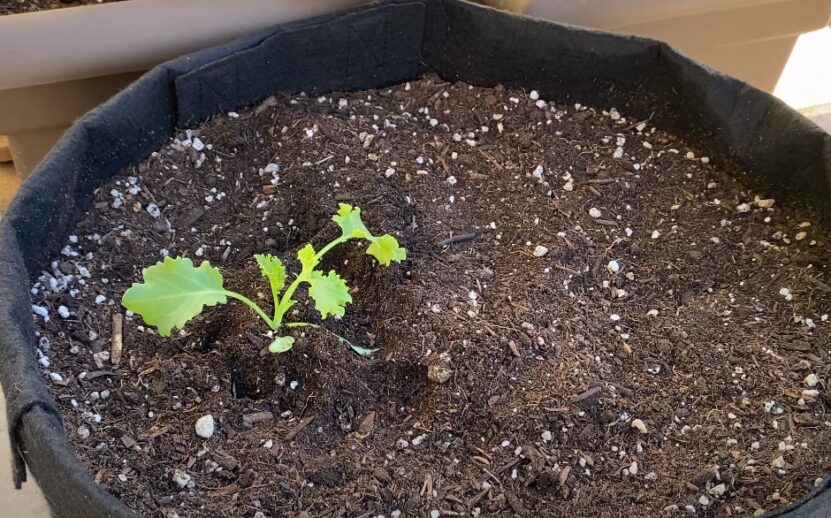
- Exposure: Full sun.
- Cool Season: Perfect for spring and fall gardens.
- Harvesting: Harvest leaves gradually to encourage new growth and extend the season.
Pro Tip: When planting kale, ensure to space the seedlings about 12 to 15 inches apart in well-draining soil with a pH between 6.0 and 7.5, and provide consistent moisture for optimal growth.
Lettuces
- Exposure: Enjoys sun and partial shade.
- Growing Seasons: Ideal in spring and fall.
Pro Tip: For a continuous supply, sow seeds every two weeks and pick leaves early for tender baby greens.
Melon (Cantaloupe)
- Exposure: Full sun for the sweetest flavor.
- Soil Condition: Prefers a pH of 6.0-6.5.
Pro Tip: In colder climates, start seeds indoors to give them a head start.
Okra
- Exposure: Full sun is best.
- Ideal Growing Temp: Thrives in 60-85 degrees F.
Pro Tip: Whether started indoors or directly sown, ensure to pick okra pods every few days to keep the plants productive.
Onion
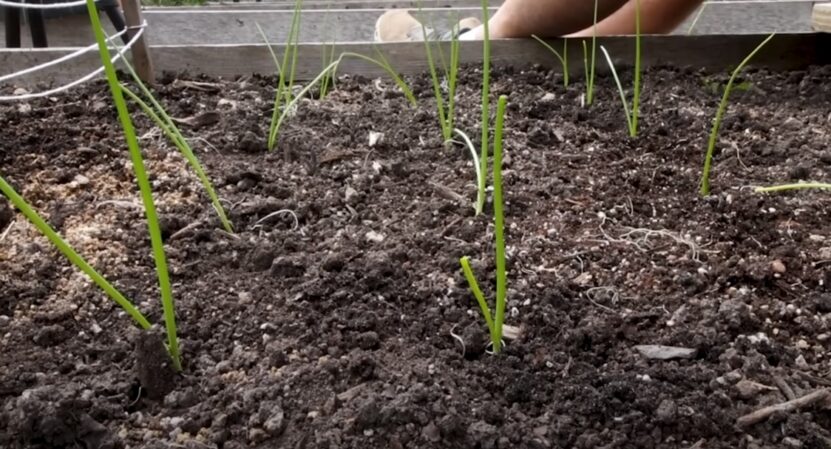
- Exposure: Full sun.
- Variety of Seasons: Can be planted in spring and summer.
- Growing Detail: Start from seeds either indoors or direct sow. Harvest when tops begin to flop and turn brown.
Pro Tip: Plant onion sets or seeds in well-drained, fertile soil with a pH between 6.0 and 7.0, spacing them 4 to 6 inches apart, and keep the soil consistently moist for optimal growth.
Pea
- Exposure: Full sun.
- Best Time to Plant: Early spring or fall.
- Direct Sowing: Plant about 4-6 weeks before the last frost. Harvest when pods fill out but are still tender.
Pro Tip: When planting peas, sow them about 1-2 inches deep and 2-3 inches apart in well-draining soil, and provide a trellis or support for them to climb, which can increase yield and keep the plants off the ground, reducing the risk of disease.
Pumpkin, Sugar
- Exposure: Full sun.
- Seasonal Tips: Best in summer; ensure there’s enough space as vines spread.
- Harvest Hint: Wait for the deep color and a hollow sound when thumped.
Pro Tip: When planting Sugar Pumpkins, ensure to sow the seeds in well-draining soil and a sunny location, spacing each seed about 4-6 feet apart to allow for proper growth and development.
Radish
- Exposure: Full sun.
- Soil and Temp: Prefers cooler temperatures and a wide range of soil pH. That’s why you should consider crop rotation.
- Planting and Harvesting: Sow directly and harvest timely to avoid woodiness.
Pro Tip: When planting radishes, ensure to sow the seeds about half an inch deep and 1 inch apart in loose, well-drained soil with a pH between 6.0 and 7.0, and keep the soil consistently moist for optimal germination and growth.
Spinach
- Exposure: Grows in sun or partial shade.
- Planting Tip: Direct sow in workable soil early in the season.
- Harvesting: Pick leaves early and often to avoid bitterness as the weather warms.
Pro Tip: When planting spinach, ensure to sow the seeds directly into well-draining, fertile soil about ½ inch deep and 1 inch apart in rows spaced about 12 to 18 inches apart, and keep the soil consistently moist for optimal germination and growth.
Summer Squash
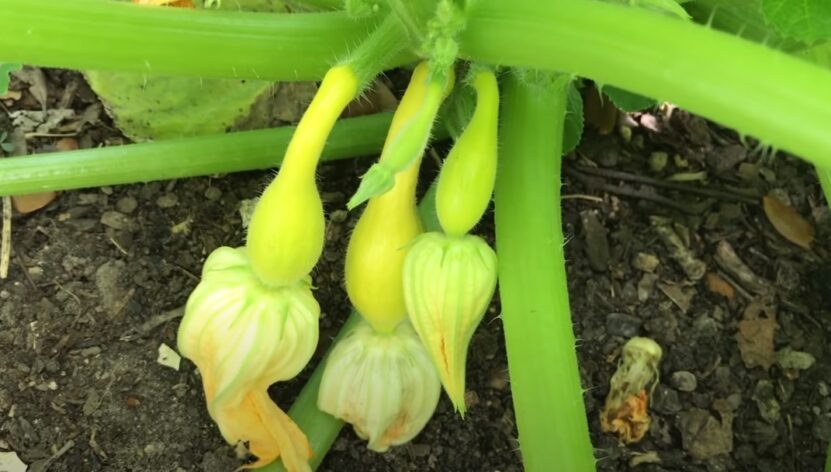
- Exposure: Full sun.
- Growing Tip: Start indoors or direct sow, and be sure to harvest regularly to encourage more fruit and maintain flavor.
Pro Tip: When planting summer squash, ensure to space the seeds or seedlings about 2-3 feet apart in rows that are 5-6 feet apart, and provide them with well-draining soil and plenty of sunlight for optimal growth.
Sweet Pepper
- Exposure: Full sun.
- Growing Season: Summer is ideal.
- Planting Advice: Start seeds indoors due to their long growing time.
Pro Tip: When planting sweet peppers outdoors, choose a sunny location with well-drained soil and ensure to space the plants about 18 to 24 inches apart to allow for proper growth and air circulation.
Swiss Chard
- Exposure: Enjoys both sun and partial shade.
- Planting Flexibility: Can start indoors or sow directly.
- Harvest: Young, tender leaves have the best flavor.
Pro Tip: When planting Swiss Chard, it’s beneficial to sow the seeds directly into well-draining soil, about half an inch deep and 1-2 feet apart, in a location that receives full sun to partial shade for optimal growth.
Tomato
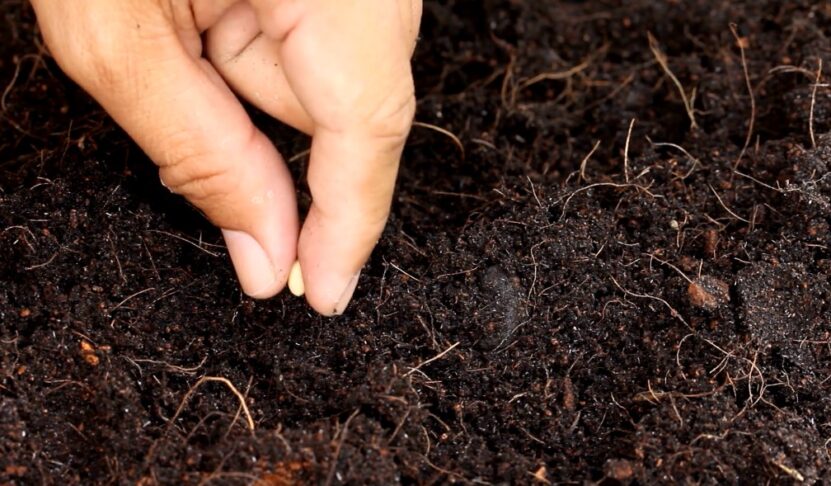
- Exposure: Craves full sun.
- Optimal Conditions: Grow in temperatures between 50-90 degrees F.
- Starting Seeds: Use a sterile potting mix and start indoors. Harvest when fruits are half green, half pink for best ripeness.
Pro Tip: When planting tomatoes, bury the stem up to the first set of leaves, as tomatoes have the ability to grow roots along the stem, leading to a stronger and more robust plant.
Turnip
- Exposure: Full sun.
- Seasons: Grows in spring and fall.
- Direct Sowing: Best directly sown into loose, well-draining soil.
- Harvesting Tip: Pick when roots are 2-3 inches in diameter for optimal flavor and texture.
Pro Tip: When planting turnips, ensure to sow the seeds about half an inch deep and 2-3 inches apart in well-draining, fertile soil with a pH between 6.0 and 7.5, and keep the soil consistently moist for optimal germination and growth.
Winter Squash
- Exposure: Requires full sun.
- Soil Preference: Prefers a pH of 5.5-6.8.
- Planting Note: Can start seeds indoors or direct sow.
- Harvesting: Pick when the skin is hard and not piercable by a thumbnail.
Pro Tip: Plant winter squash in late spring or early summer, after the last frost, in well-drained soil and a sunny location, allowing ample space for vines to spread out for optimal growth and fruit development.
Summary
Remember, every plant has its personality and preferences. By respecting these, you set up your garden for success. Keep notes on what works and what doesn’t, and adjust your methods each season. Gardening with heirloom seeds isn’t just about growing food—it’s about connecting with history and crafting a legacy of your own.


